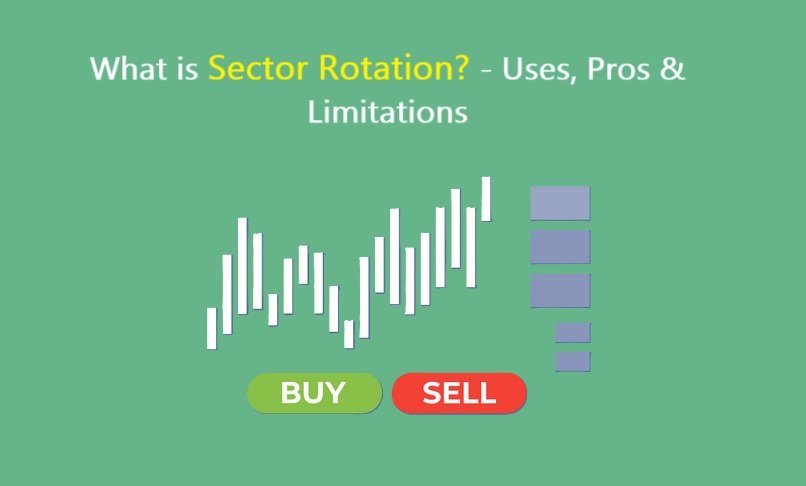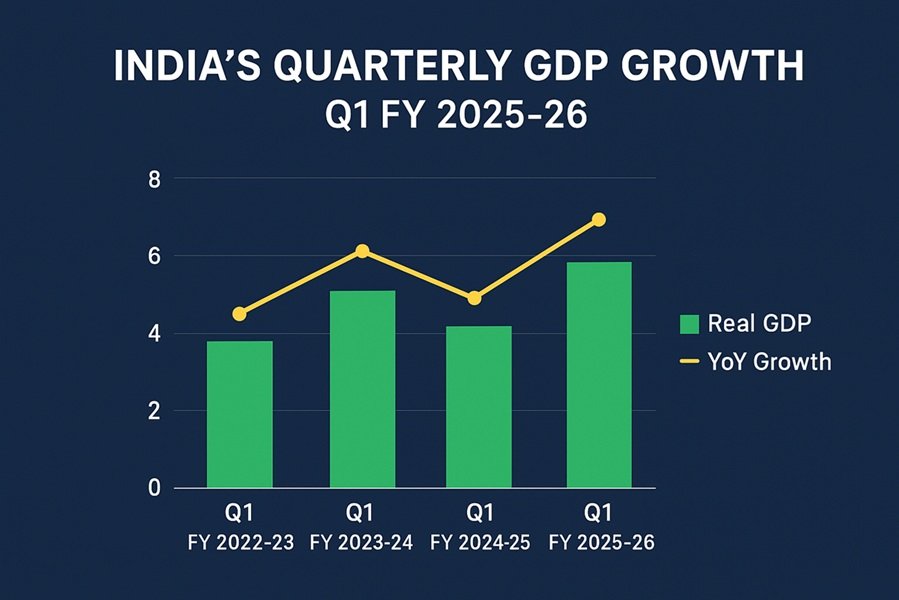
Introduction
Sector rotation is an investment strategy that involves shifting investments among different sectors of the economy based on economic cycles. The idea is to capitalize on the natural ebb and flow of economic performance by strategically allocating capital to sectors that are expected to perform well during a specific phase of the economic cycle.
Understanding sector rotation is crucial for investors who want to optimize their portfolios and take advantage of market trends. This article explores sector rotation, its uses, benefits, and limitations.
Understanding Sector Rotation
Sector rotation is based on the premise that different sectors perform differently across various economic cycles. These cycles typically include expansion, peak, contraction, and trough phases. Investors who practice sector rotation aim to anticipate these phases and allocate their assets accordingly.
For example:
- During an expansion, growth-oriented sectors such as technology and consumer discretionary tend to perform well.
- At the peak, inflationary pressures may favor energy and commodities.
- In a contraction, defensive sectors like healthcare and utilities become attractive.
- In a trough, investors may look at cyclical sectors such as industrials and financials as the economy recovers.
Uses of Sector Rotation
1. Maximizing Returns
By investing in sectors poised for growth in a given economic phase, investors can potentially enhance their returns.
2. Risk Management
Sector rotation helps in reducing risk by shifting investments away from sectors that may underperform in a particular economic environment.
3. Diversification Strategy
Even if an investor does not fully rotate sectors, being aware of sector performance allows for better portfolio diversification and risk mitigation.
4. Tactical Asset Allocation
Sector rotation can be used as part of a broader tactical asset allocation strategy to enhance portfolio performance and manage exposure dynamically.
Pros of Sector Rotation
1. Potential for Higher Returns
By identifying and investing in high-performing sectors, investors can capitalize on trends and generate superior returns.
2. Adaptive Investment Strategy
Sector rotation allows investors to adjust their portfolios based on macroeconomic indicators, ensuring they are always aligned with prevailing market conditions.
3. Better Downside Protection
By rotating out of under performing sectors, investors can protect their portfolios from downturns and excessive losses.
4. Flexibility and Market Responsiveness
Sector rotation strategies provide flexibility, enabling investors to quickly shift allocations in response to new economic data or policy changes.
Limitations of Sector Rotation
1. Difficulty in Timing the Market
Accurately predicting economic cycles and sector performance is challenging, and mistimed investments can lead to losses.
2. Higher Transaction Costs
Frequent buying and selling of sector-based assets can lead to increased trading fees and tax implications.
3. Requires Constant Monitoring
Sector rotation demands a high level of research, analysis, and monitoring, which can be time-consuming and complex.
4. Market and External Risks
Unexpected geopolitical events, regulatory changes, and global economic shifts can disrupt sector performance, making predictions less reliable.
Conclusion
Sector rotation is a dynamic investment strategy that can help investors maximize returns and mitigate risks by aligning their portfolios with economic cycles. However, it requires careful analysis, timing, and monitoring to be effective. While it offers potential benefits such as higher returns and adaptability, its limitations, including market timing challenges and transaction costs, must be carefully considered. Investors should evaluate their risk tolerance and investment goals before implementing sector rotation strategies in their portfolios.
Recommended: Central Bank Digital Currencies (CBDCs)







